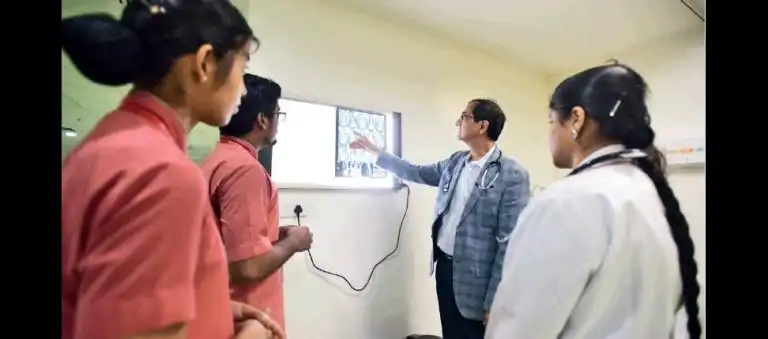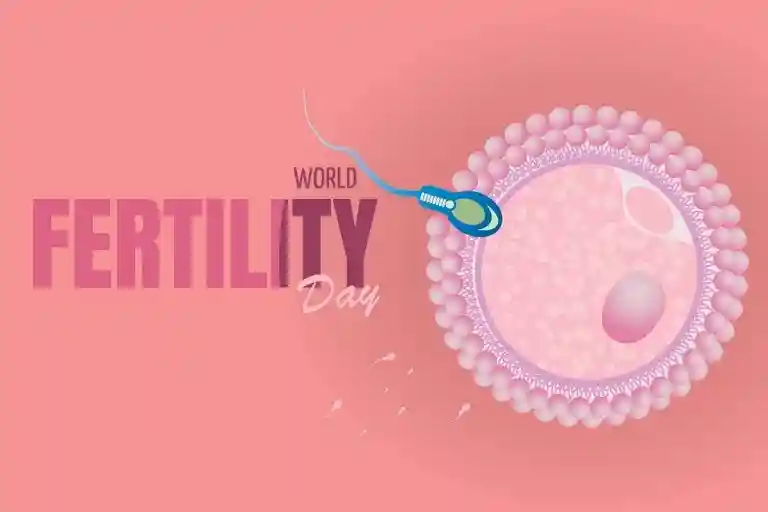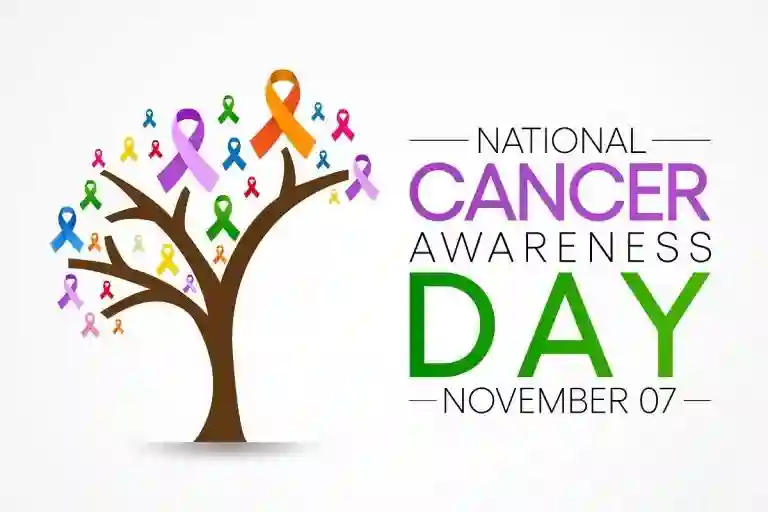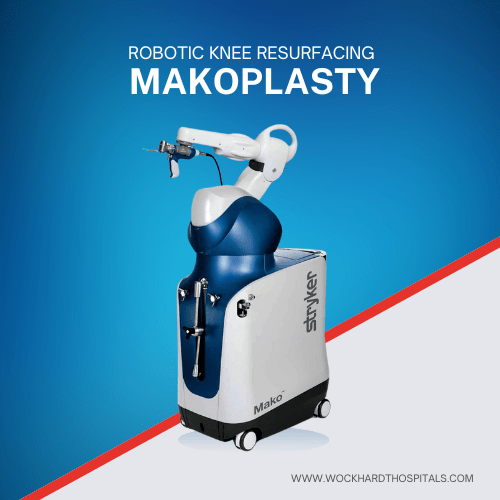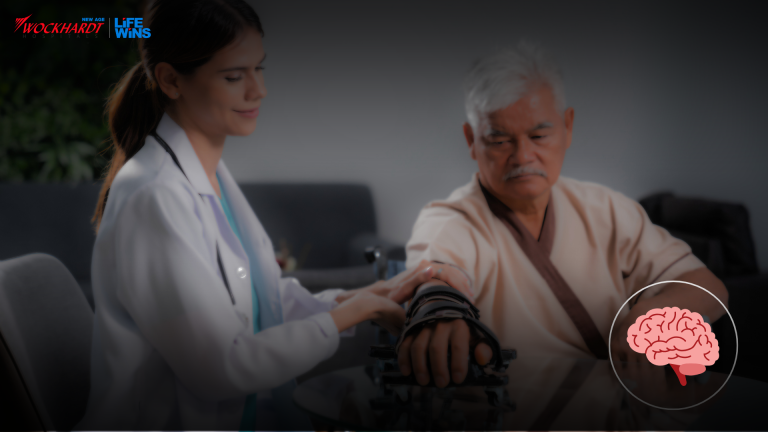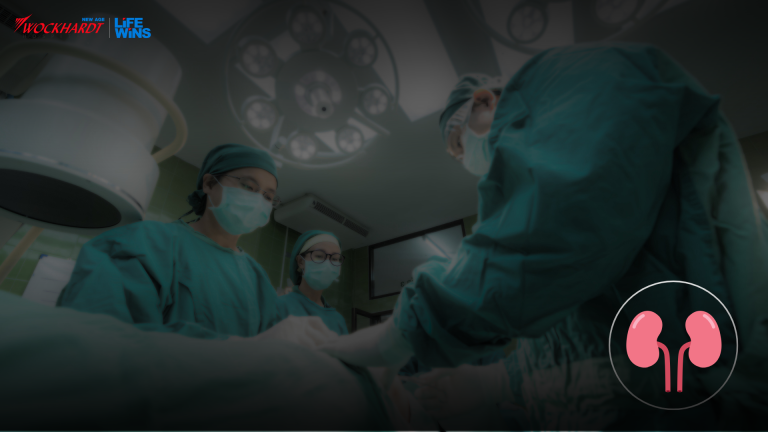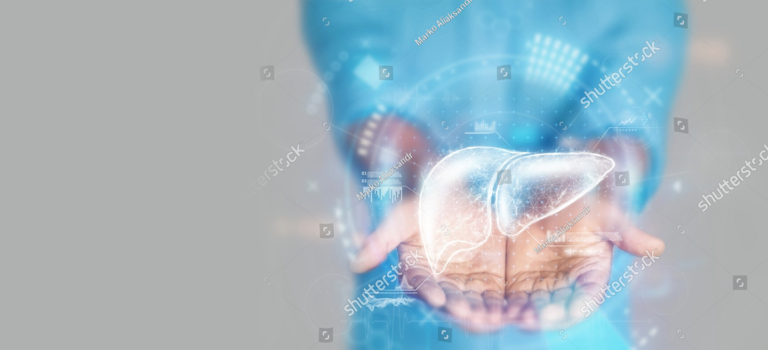Push ‘Code White’ for seizures and strokes
The new medical protocol adopted by Wockhardt Hospitals in Mumbai Central for brain-related emergencies has already saved ten lives in the past one month | Lata.Mishra@timesgroup.com
TWEETS @lata_MIRROR
Two months ago, when 40-yearold Kuldeep Datey was brought to the emergency room at Wockhardt Hospitals in Mumbai, doctors immediately pushed the ‘Code White’ button. Within a minute, a team comprising a neurologist, a neuro-intensivist and a radiologist were by Datey’s side. They rushed him to the procedure room and within an hour a clot was removed. From not responding at all to talking to procedure room staff, the change in Datey was next to miraculous. If there had been a delay in deciding the line of treatment, he could have suffered a permanent stroke-related disability.
Realising the inevitability of permanent disability and/or death arising out of brainrelated medical problems, Wockhardt Hospitals is the first in India to start “brain resuscitation” services in the first critical hour of medical emergencies. A common practice across the world, the Emergency Neurological Life Support (ENLS) protocol is still a new subject in India. Giving it the importance it deserves, Dr Shirish Hastak, Director, Neurology and Stroke Services at Wockhardt, came up with the ‘Code White’ emergency measure.
What is Code White?
Started at Wockhardt six months ago, ‘Code White’ is a metaphoric alert button pushed by a team of five doctors and 16 nurses in the hospital’s emergency section. Trained to identify neurological emergencies, the moment they initiate ‘Code White’, a brain resuscitation team reaches the emergency room within 5 minutes; within 15 minutes, an MRI is done for a conclusive diagnosis.
According to Dr Hastak, who has worked with various city hospitals, in cases of acute stroke an MRI should ideally be done within 30 minutes “but I have often seen that we lose time in mobilising help”. In these past six months, the hospital has successfully saved 50 lives, 10 in the past one month alone; while five were general brainrelated cases, the other five were clearly stroke cases.
One of them was 47-year-old banker Yogesh Kanade. Six months ago, he suddenly collapsed near his Saat Rasta residence. He was rushed to Wockhardt with a weak left side and a blue left hand owing to a clot in an artery. Without wasting much time, doctors at the hospital removed the clot. “There is hardly any difference in symptoms of a heart attack and a stroke. My family thought I had suffered a heart attack, but the hospital diagnosed the problem correctly and saved my life,” said Kanade.
“Four out of every 10 emergency cases in the country are neurological in nature. The foremost aim of ENLS is to treat the patient as soon as possible. Just as in heart-related emergencies where heart is resuscitated, ENLS calls for brain resuscitation,” said Dr Hastak. In an artery, a clot might be compensated by other functional arteries. In a brain, even a single non-functional cell could affect a body function, and hence every second matters. All major hospitals have cardiac life support as a basic training requirement for emergency doctors and nurses. Hence, cardiac emergencies are picked up and treated rather quickly. The brain, according to Dr Hastak, is as vital an organ and needs urgent support.
A five-minute seizure is quite different from a 30-minute seizure. It can create a huge difference in the morbidity and mortality of a patient. “Recently a doctor informed us that a patient passed away at home because of seizures lasting 20 minutes,” said Dr Hastak, adding that even a stroke treated at two hours is different from the one treated at six hours and can change the outcome. “Imagine a young patient paralysed by a stroke if not treated on time. If doctors use their brain on time, patients’ lives can be saved,” he concluded.
Dr Shirish Hastak, Director, Neurology and Stroke Services, Wockhardt, trains staff in identifying the first crucial signs
The first steps
Emergency Neurological Life Support (ENLS) is a series of protocols for the first hour of a neurological emergency. ENLS is designed to help healthcare professionals improve patient care and outcomes in the most crucial time. It demonstrates a collaborative, multi-disciplinary approach and provides a consistent set of protocols, practical checklists, decision points and suggested communication for patient management. The emergencies include ischemic stroke, intra-cerebral haemorrhage, meningitis and encephalitis.
Source :https://mumbaimirror.indiatimes.com/mumbai/civic/push-code-white-for-seizures-and-strokes/dr-shirish-hastak-director-neurology-and-stroke-services-wockhardt-trains-staff-in-identifying-the-first-crucial-signs-pics-satish-malavade/articleshow/64833751.cms
